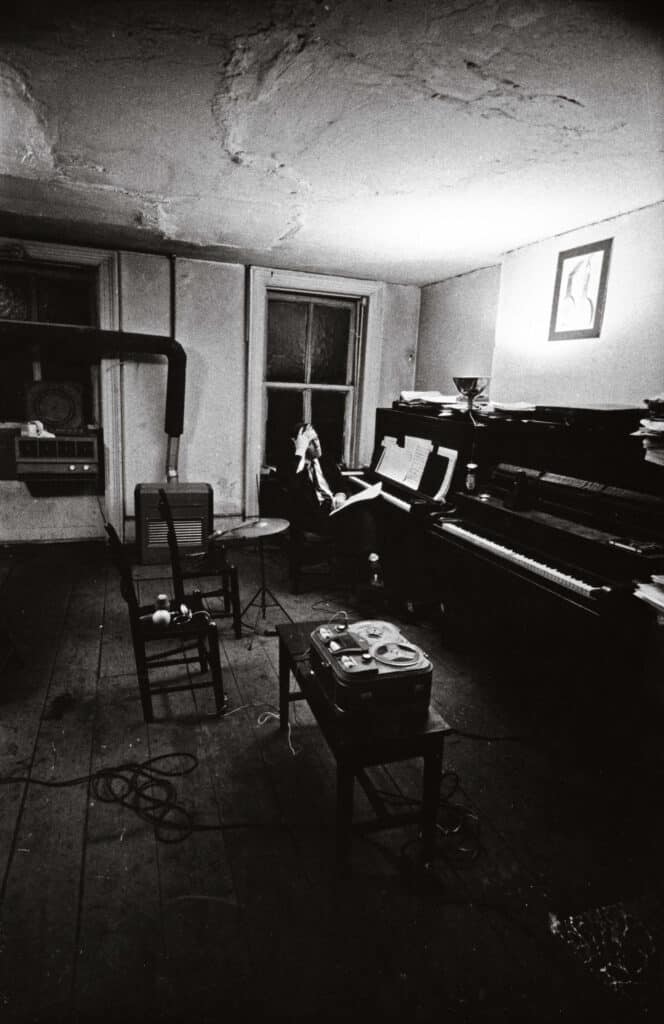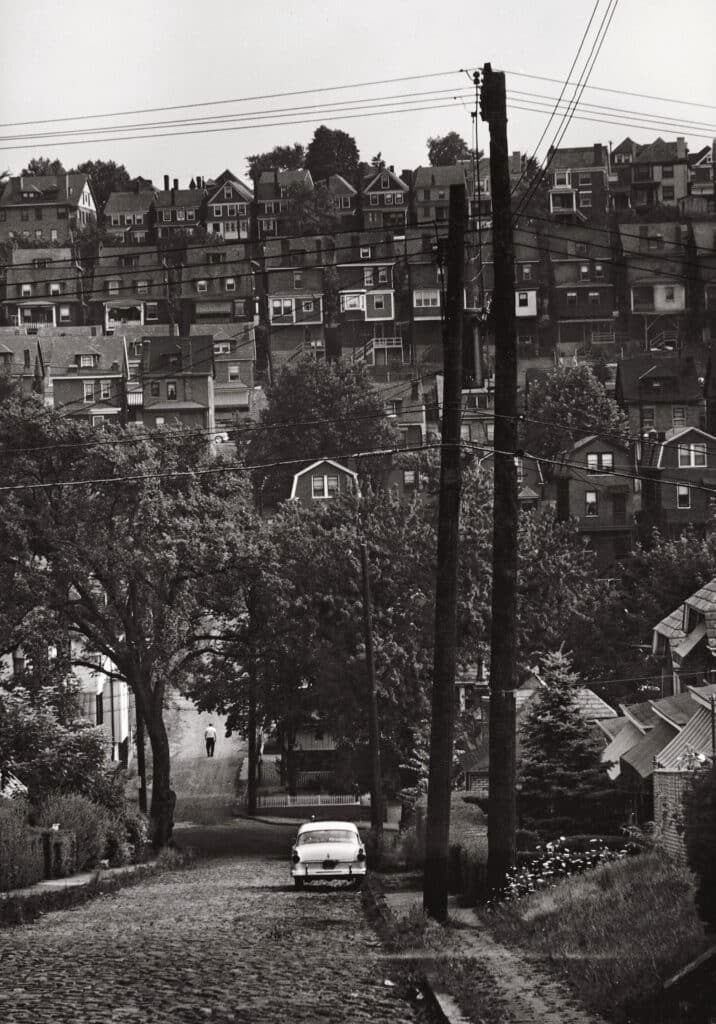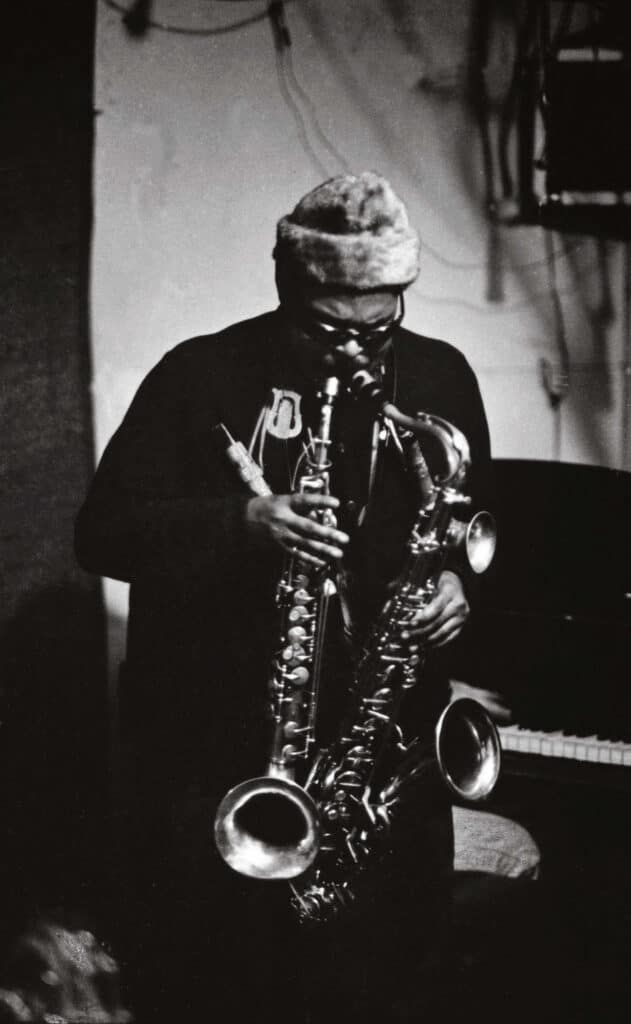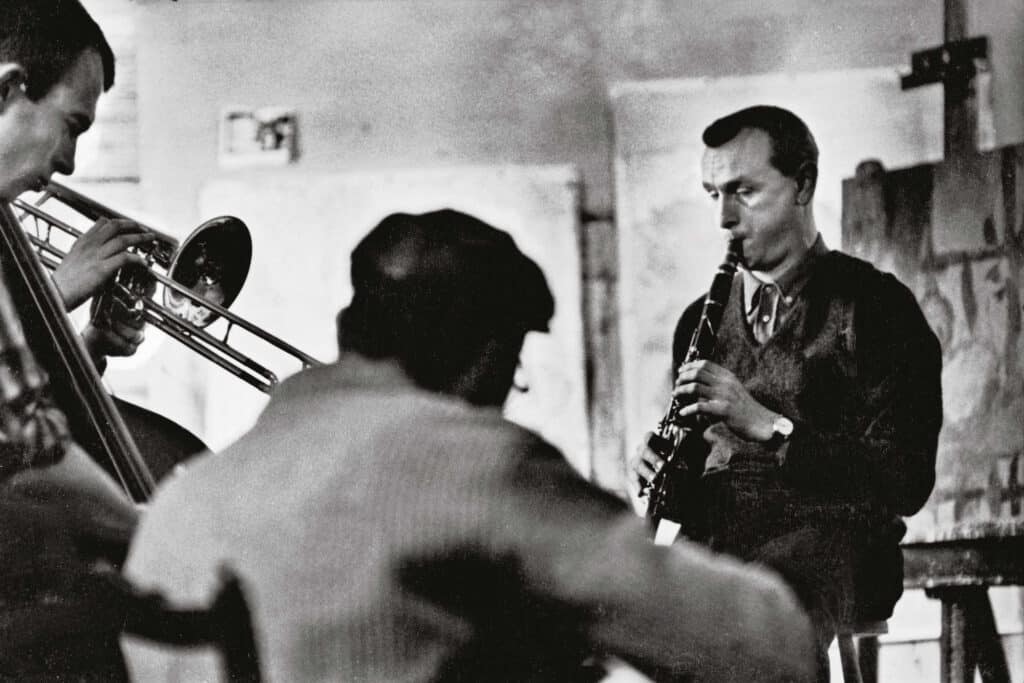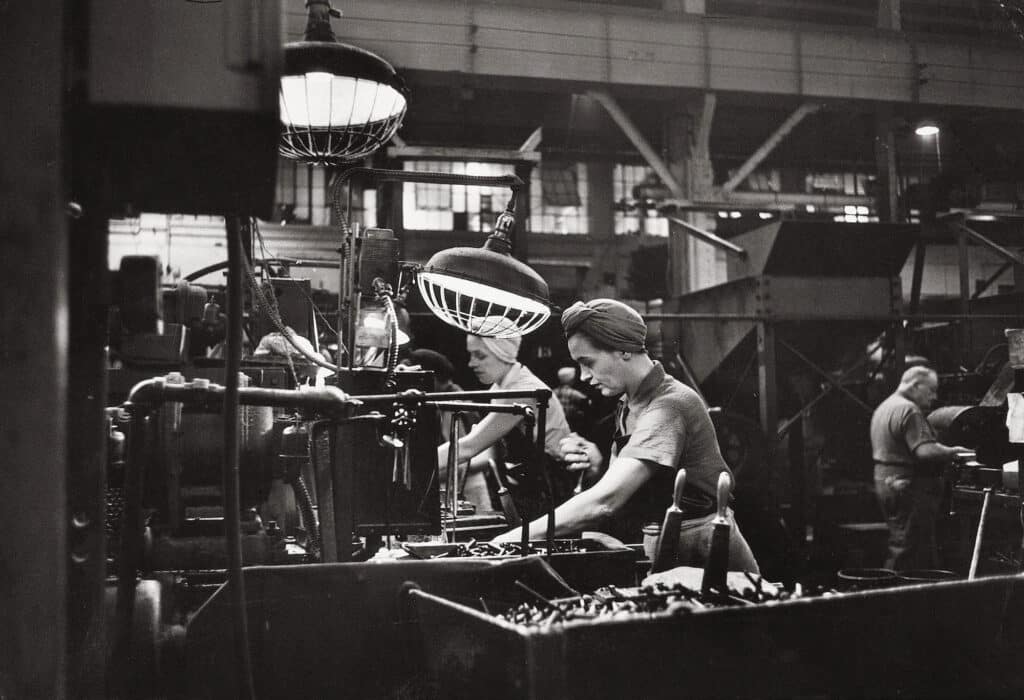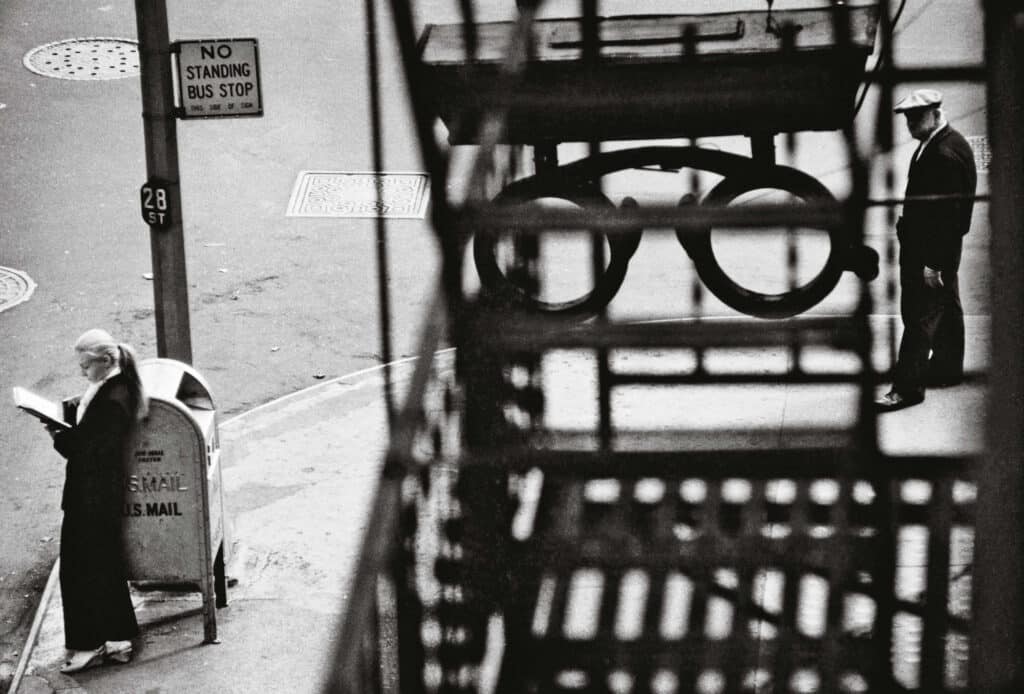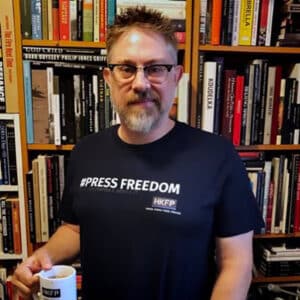A few years ago, while visiting colleges with one of my daughters, I made her accompany me on a slight detour. We were about 90-minute drive north of New York City along the Hudson River. Down a few winding back roads from the college campus, across the street from a stretch of cookie cutter track housing, sits a small Quaker meeting house. And there, in the small graveyard that surrounds the building, is the grave of photographer W. Eugene Smith, with a simple epitaph on his stone: “Let Truth Be the Prejudice.”
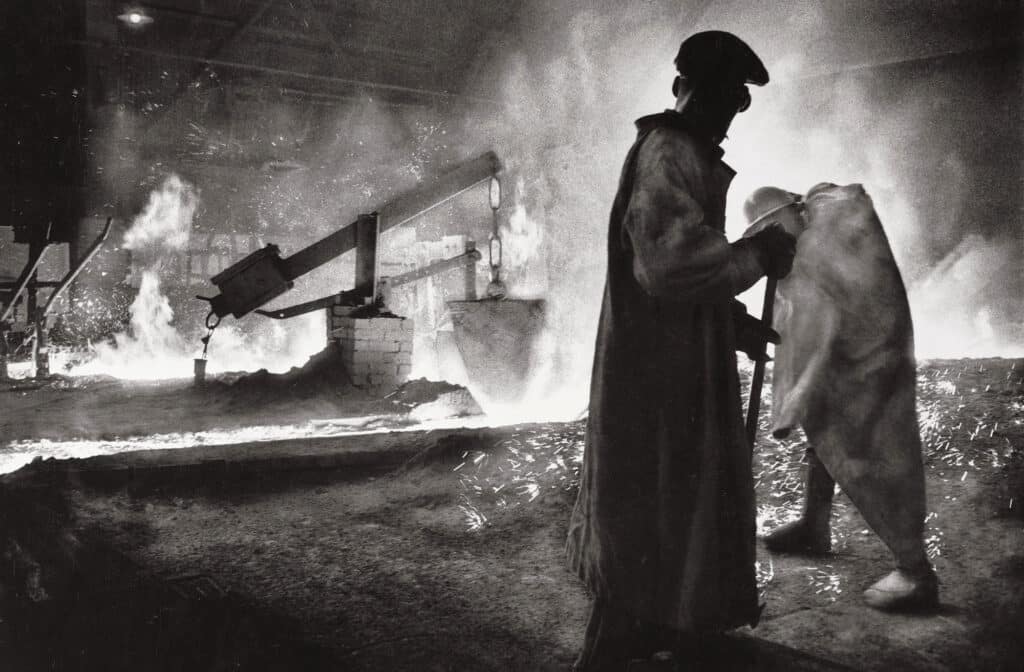
I don’t remember exactly when I came to know Smith’s work. But his photo essays in LIFE magazine, like Country Doctor, Nurse Midwife, and Spanish Village, along with his later photo series Minamata had a great influence on me, and my ideas about what one could do with photography. I read the stories about his wounding during the War, the resulting drug use and drinking, and how he would spend days at a time in the darkroom meticulously making his prints. At some point I started collecting books of his work, and they have been books I have returned to over and over again during my career.
Now two of those books, both by Sam Stephenson, Dream Street: W. Eugene Smith’s Pittsburg Project and Jazz Loft Project: Photographs and Tapes of W. Eugene Smith from 821 Sixth Avenue 1957-1965, have been re-issued by The University of Chicago Press. Both titles include new essays, as well as improved photo reproductions.
For all my deep interest in Smith, it pales in comparison to that of Stephenson. He has spent 20 plus years into researching the photographer and his work. This research has led Stephenson all over the United States, to Japan, to small island battlefields in the Pacific Ocean. He interviewed people who knew Smith throughout his life, historians, musicians, and everyone in-between to gain insight into Smith and his work in a way that no one has ever done.
The start of Stephenson’s 20-year journey did not begin with an interest in Smith, or photography. Rather it started with an interest in the city of Pittsburg. “My interest started with the city of Pittsburgh, which still fascinates me. It’s a unique American city. Then I learned about Smith’s unfinished Pittsburgh project and I was commissioned by DoubleTake magazine to write a piece on Smith’s Pittsburgh, with a spread of unpublished photographs, and for all I knew that would be the end. But the resulting magazine piece got a lot of attention.”
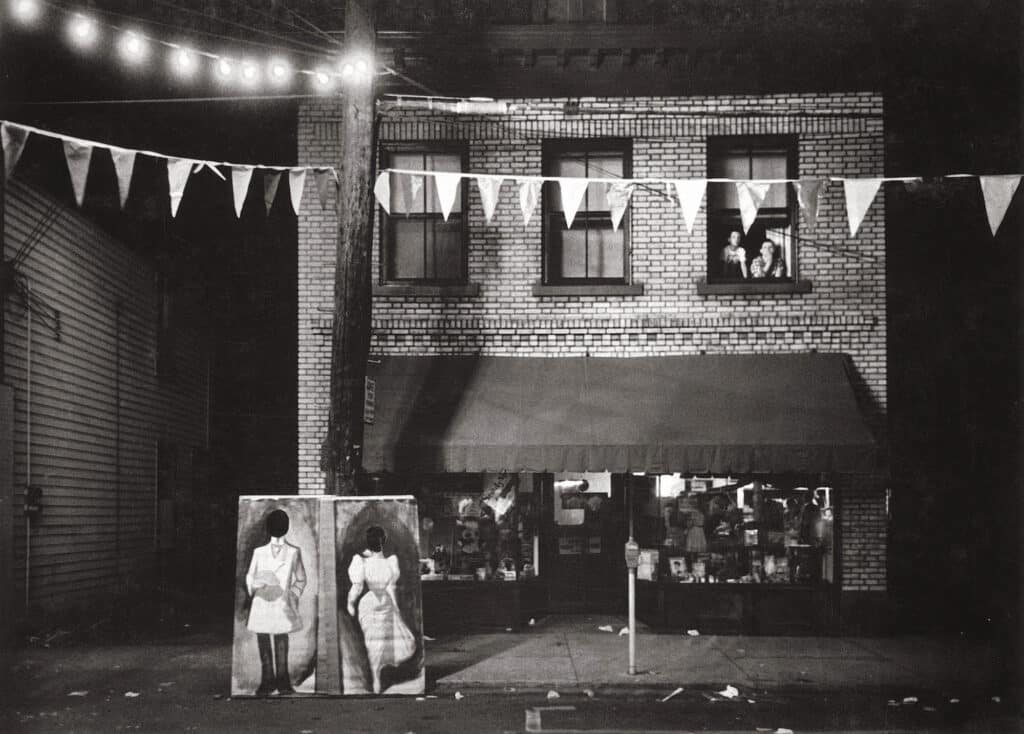
The world through images and music
Smith, who had just resigned from his post at LIFE magazine, was commissioned in 1955 to spend 3 weeks in Pittsburg to produce 100 photographs for journalist and author Stefan Lorant, who was making a book to celebrate the city’s bicentennial. But Smith ended up staying for a year, and created 20,000 photographs. It was the most ambitious photo essay that Smith ever undertook. But despite Smith’s lifelong conviction that it was his greatest collection of photographs, only a fragment of it had ever been seen. That is until Stephenson started his work.
Stephenson’s article on the project, though various paths, eventually led to an offer of publishing the book Dream Street in 2003 and a chance to curate an exhibition of the work. And the research that he put into the projects led him even further into Smith’s life and work.
“While I was working on those projects, I learned about Smith’s voluminous collection of audio tapes which are stored in his photography archive at the University of Arizona. I was in the early stages of becoming a jazz head and when I saw names like Thelonious Monk chicken scratched on Smith’s labels of his reels of tape, I could not let it go. It all just grew incrementally.”
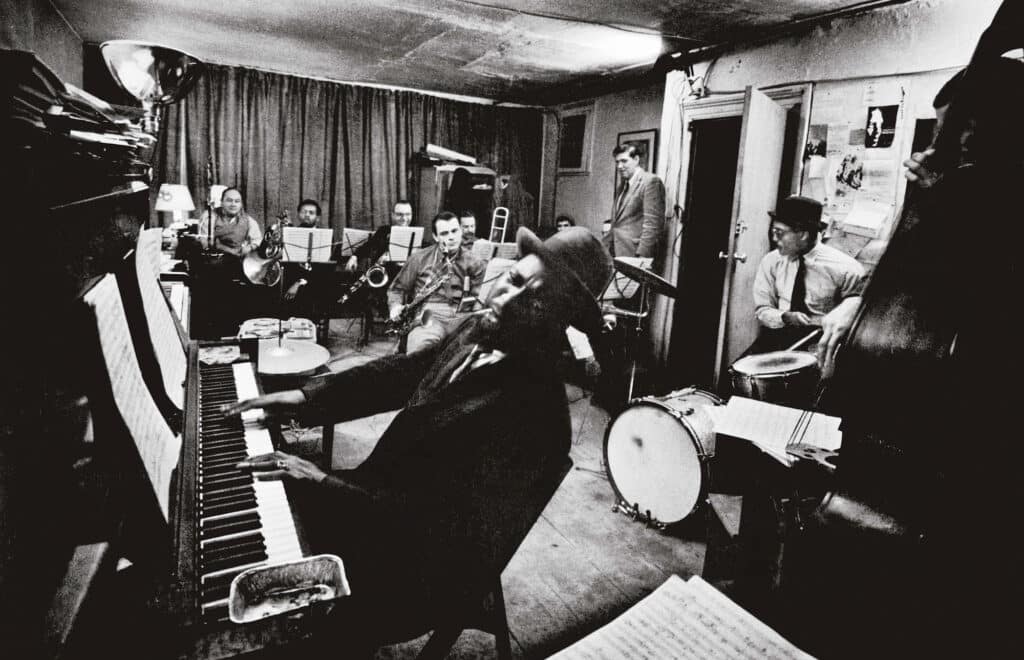
In 1957, having left the house he had shared with his wife and children, Smith moved to 821 6th Avenue in New York City. The run down 5-story loft building was located in the city’s wholesale flower market. It quickly became a late-naught haunt and hang out spot for musicians, some of whom were the biggest names in jazz at the time, including Charles Mingus, Zoot Sims, Bill Evans and Thelonious Monk.
“I was enthralled by the underground urban fieldwork Smith achieved in his New York City loft. He documented something in that loft that would have been completely unknown to history if he hadn’t documented it.”
Smith had wired the entire loft with microphones that ran to a reel-to-real tape recorder. Between 1957 and 1965 Smith recorded nearly 4,000 hours of recordings of the musicians, street noise, radio and tv programs, the sounds of people talking, and the daily goings on in the loft. He also made nearly 40,000 photographs during that time of the musicians, others in the loft, and the view out the window looking down onto 6th Avenue.
Stephenson believes that the existence of these tapes also say a lot about Smith as a photographer, and what he was trying to do.
“I came away thinking that the mere existence of all these tapes says as much about Smith as any of his photographs. Many people in the photography world thought he was an egomaniac. And that might not be totally wrong. But then why did he make the tapes? There was absolutely no opportunity for him to do anything with them. He couldn’t have put them before an audience, not to mention a massive audience like he had at LIFE magazine. There was no way to stroke his ego with those tapes. There was something else at work there, a different sort of energy or desire. He was trying to document the entire world by focusing on what he could obtain in his one loft building in the middle of Manhattan.”
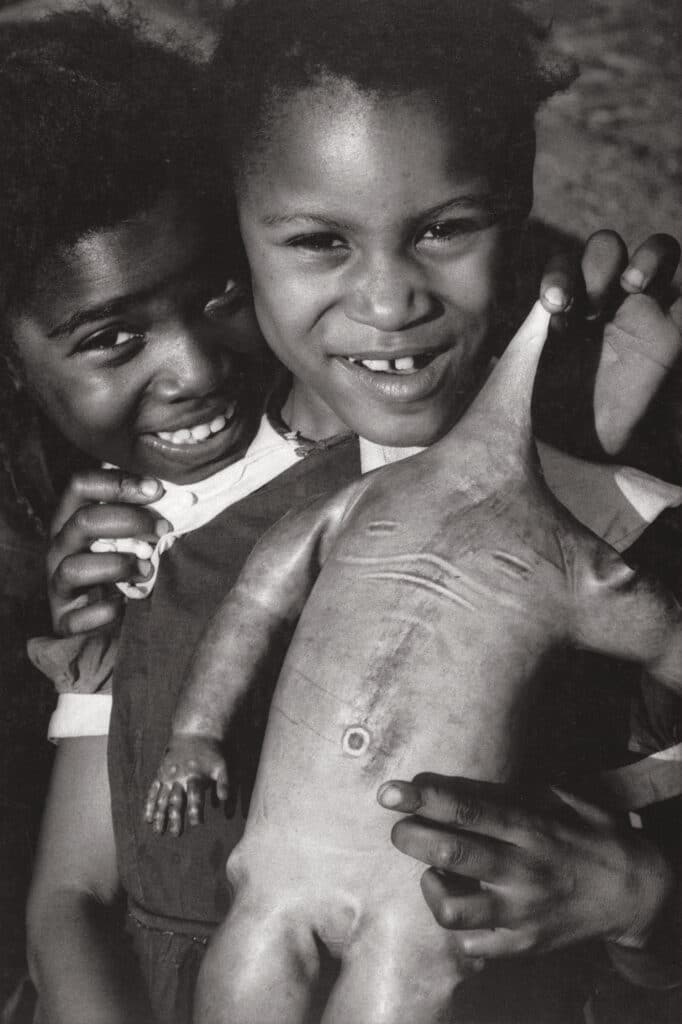
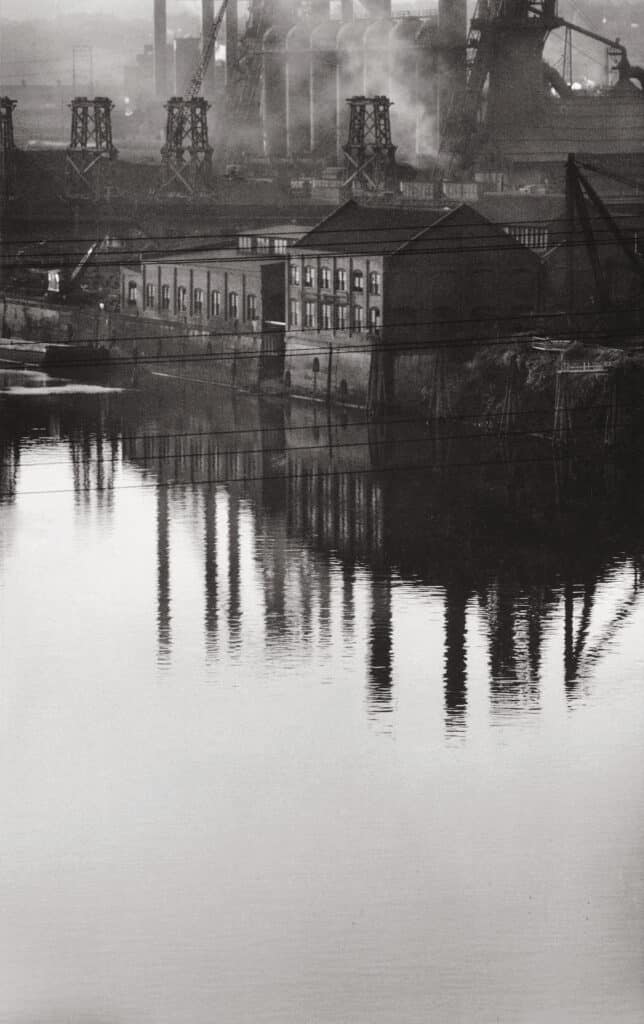
“The masterpiece is the archive”
Of all the work that Smith did in his life, Dream Street and Jazz Loft are the two largest, both in terms of time spent on the project, and number of photographs made. And neither was completed in Smith’s lifetime. Smith had put together a layout of 88 photographs from the work from Pittsburg that was published in the magazine Popular Photography. But that was about it. The tapes and all from Jazz Loft, while occasionally a photo or two would be shown here or there or included in a book, also mainly remained out of sight.
“I believe that story is told here in these materials. Concretely, Smith’s achievement in these projects is saving something significant for posterity.”
But in looking at Smith’s life and career, how does one place these two projects into the arch and story of Smith? Do they become more or less important overall when compared to what else he achieved? How do you judge a life’s work? And what do you learn about Smith as a man and as a photographer by digging into the works?
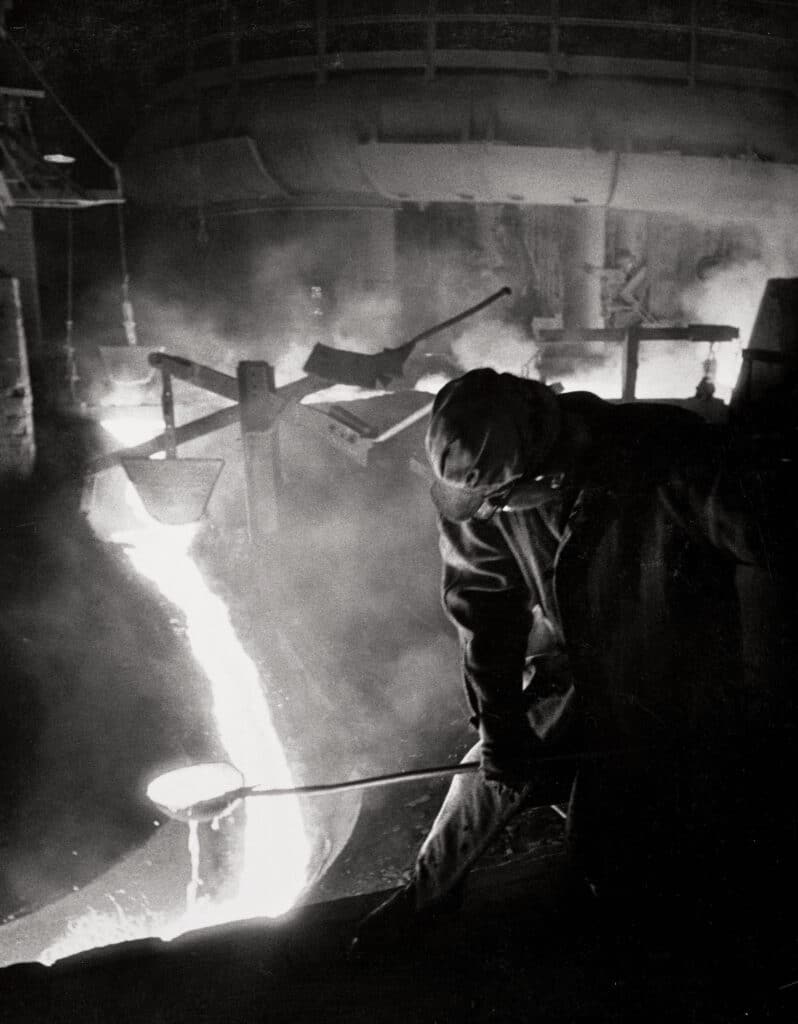
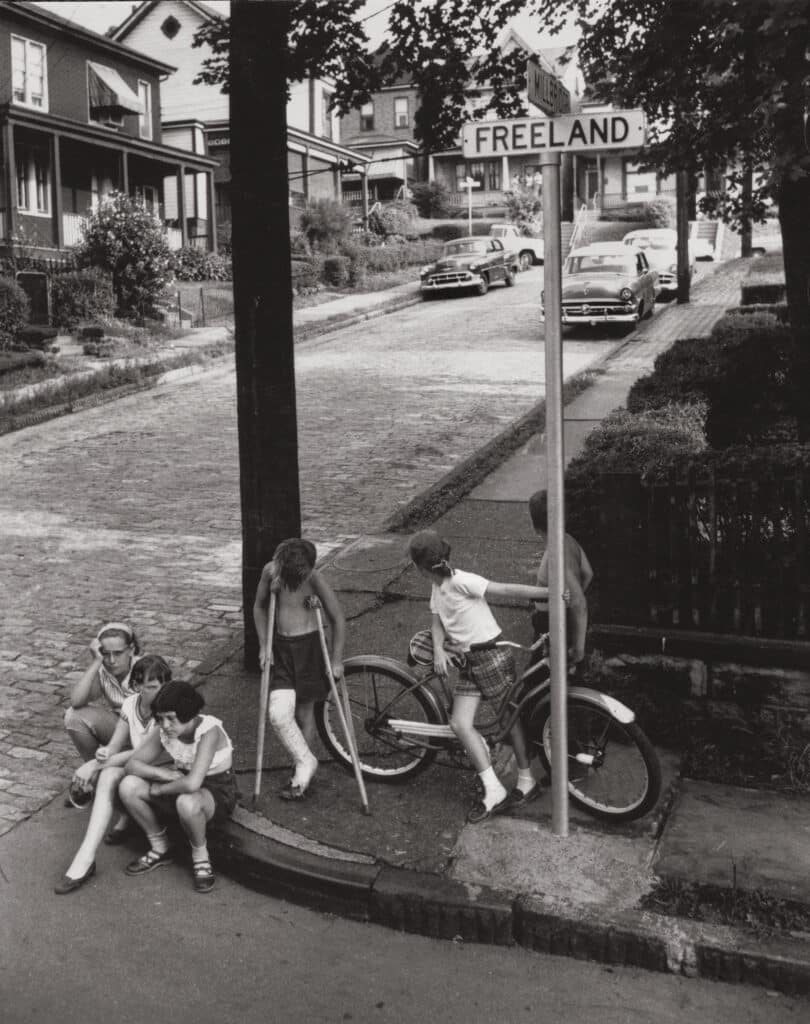
“These are by far the two largest bodies of work in Smith’s life. Measured by quantities of material and the time he spent creating these materials, these two projects dwarf the rest of his life’s work combined, even though the work is nowhere near as famous as the rest of his work. I’m not saying that makes these two projects the most important works of Smith’s life, though. But maybe they are. Is the most telling feature of a person’s life the activity they spent the most time doing while they were awake living their life? I really don’t know the answer. An artist can uncork a masterpiece in a short time – lightning in a bottle. Or he or she can toil for years and never complete something massively ambitious, never really knowing what it was they were trying to achieve. I believe that story is told here in these materials. Concretely, Smith’s achievement in these projects is saving something significant for posterity.”
In the end though, it is his archive that is perhaps Smith’s greatest legacy. Without it, much would have been lost in the disappearance of the work from Pittsburg and his loft in New York City. And for Stephenson, he has done justice to the work for those who read the books.
“The masterpiece of these two projects is that they exist at all. The masterpiece is the archive. That’s what I hope these two books do justice to – the whole of the story and the whole of the collection.”
Dream Street: W. Eugene Smith’s Pittsburg Project and Jazz Loft Project: Photographs and Tapes of W. Eugene Smith from 821 Sixth Avenue 1957-1965 are available through The University of Chicago Press.
Sam Stephenson’s biography of W. Eugene Smith, Gene Smith’s Sink: A Wide-Angle View can be purchased here. This book is the end result of Stephenson’s 20 years of research. The book takes you across 29 states, Japan, and the Pacific to explore Smith’s life though a trail of people that emerged from Smith’s archive.

